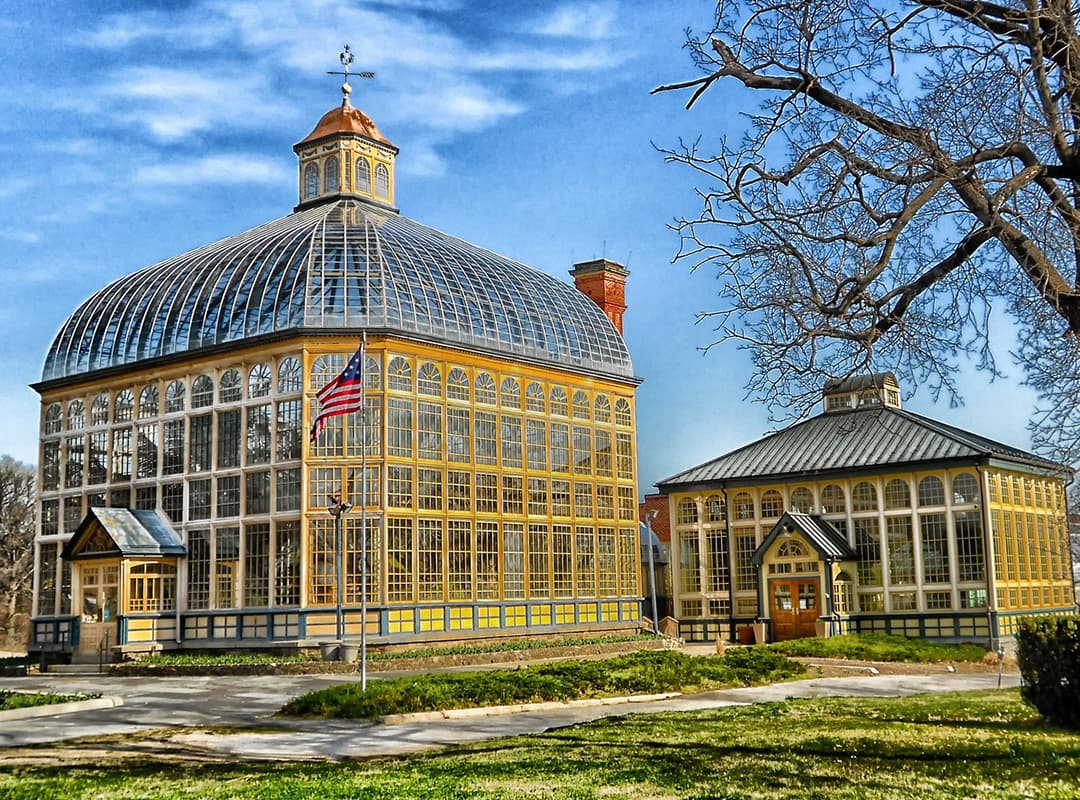At the local level, Maryland stands out among the US states for its relatively small number of local governments. Three forms of county government are available to the counties in the state. Note that the independent city of Baltimore is generally considered to be the same as the counties; for census purposes, it is considered the equivalent of a county. Including Baltimore, there are 157 incorporated cities in Maryland.
Commissioner’s districts
In 1827, the General Assembly authorized elected boards of county commissioners for each county. According to the state constitution, the General Assembly retains full authority to enact laws for county commissioners. County commissioners have no authority to act in local affairs without the express prior consent of the General Assembly. In the areas where they do have the power to make laws, that power is narrowly construed; it is limited to areas authorized by the General Assembly, applicable law, or state local laws. The constitution, adopted in 1867, retained the power of the General Assembly to enact state local laws, giving county delegations to the General Assembly great control over county government. As a result, the General Assembly spends a great deal of time dealing with local issues, ordinances, and expenditures.
In 2010, Cecil County voters passed a resolution to become a charter district and subsequently elected Tari Moore as the county’s first executive director.
Charter counties
Partly because the state legislature spent a lot of time dealing with local issues, the Maryland Constitution was amended in 1915 to allow counties to operate under a charter form of government with significant self-governance powers. In order to adopt this form of government, the voters of a county must approve a charter drafted by their charter board.
Charter districts are governed by an elected county board, which has the power to enact laws on almost all local matters. Their powers are interpreted broadly, although the General Assembly retains the authority to regulate elections, the production and sale of alcoholic beverages. The General Assembly also retains significant taxing authority, with the exception of Baltimore and Montgomery counties. Some counties that operate under a charter have a separately elected county executive, while others give executive functions along with legislative functions to a county council.
County home rule codes
Because of the reluctance of many counties to adopt the charter form of government, despite the fact that they desired some degree of self-government, the Maryland Constitution was again amended in 1966 to create a third class of county government, the status of “code self-government.” If two-thirds of the county commissioners pass a resolution that the county become a code county and a majority of the voters approve the resolution, the county becomes a code county. In a code county, the county commissioners have the powers of self-government and can enact legislation in the areas of “express powers” of charter counties. In addition, commissioners retain all the powers of commissioners in commissioner districts. However, charter counties are subject to stricter debt limits than charter counties. The General Assembly can only enact laws for code counties as a class.
